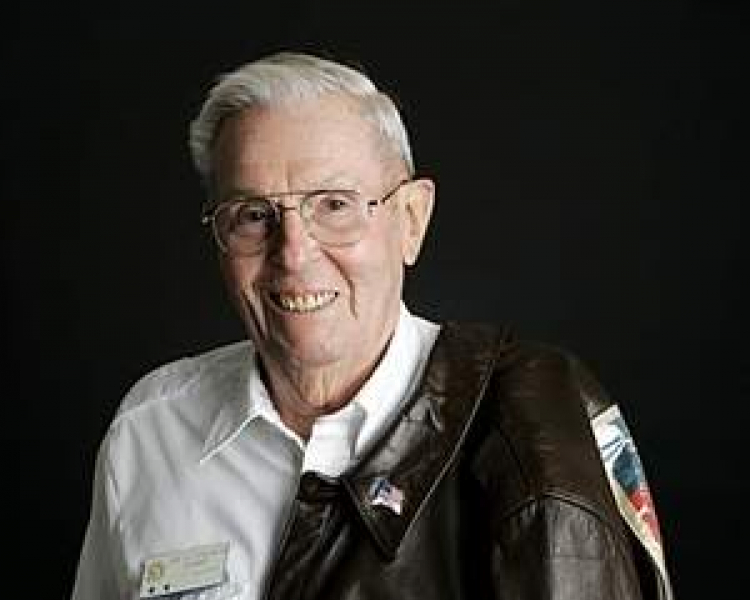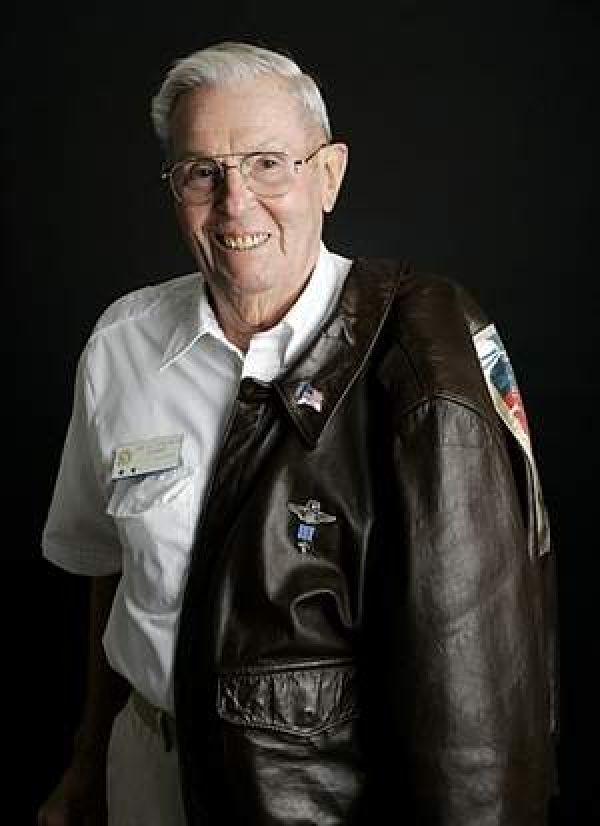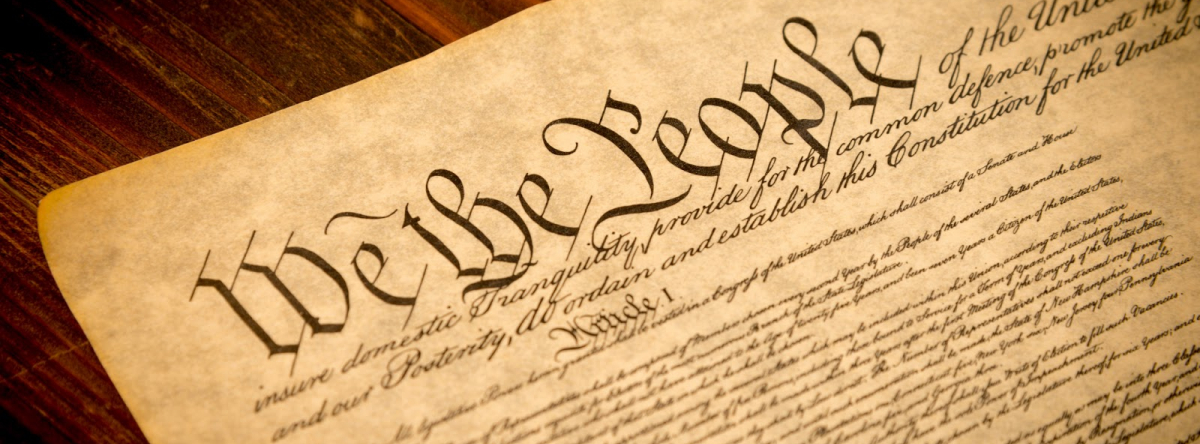The heroes of WWII are being called home. Major Bert Butterworth, who flew C-47 and other transport aircraft over the "Hump" (Himalayas) and long time LaConner resident, recently passed away.. A memorial service will be held at the Sacred Heart Catholic Church in LaConner at 11:00 AM this Friday, March 20th.
Missions over the Hump were supremely dangerous. Not only were the crews threatened by Japanese fighters, but aircraft of that era had difficulty with the altitudes required to transit the highest mountain range on the planet. And Bert flew many of those missions.
Those of us who stand at the corner of 12th and Commercial in Anacortes every Sunday for the ‘Support the Troops’ rally remember Bert and Bobbi showing up to add to our numbers. Bert invariably wore his peaked Army Air Corps service cap and old style leather flight jacket. On the back of the jacket was the sewn-in blood chit that pilots in the China – Burma Theater wore in case they were shot or forced down. The cloth chit had writing in several regional languages that if people in the areas flown over found a downed pilot or crewmember and aided him, they would receive payment from the United States Government.
[ Editor's note: Bert's wife Bobbi has been a PCO for years. I am posting this for those who may want to pay their respects. On a personal level, it was quite an honor to stand next to Bert on those Sundays, especially for an Air Force veteran like myself. May he Rest in Peace. -- Gary]
Andy Stevens from Go-Patriots.com has provided the following 2010 article from The Desert Sun about Bert's military career.
Vet mastered flying over 'The Hump'
Written by Denise Goolsby The Desert Sun
Bert Butterworth
Age: 87
Hometown: La Conner, Wash.
Residence: Cathedral City
Military branch: U.S. Army Air Corps
Years served: Sept. 16, 1940 - November, 1945
Rank: First lieutenant while flying combat missions; retired as a major.
Medals: Distinguished Flying Cross
Family: Wife Bobbi, four children, six grandchildren, two great-grandchildren U.S. Army Air Corps First Lt. Bert Butterworth flew military transport planes in more than 70 round-trip missions — delivering supplies, including bombs and gasoline — between India and China over a treacherous area in the Himalayan Mountains known as “The Hump.”
“We had minimal navigation equipment. We had terrible weather. I had some engine failures and some engine fires,” Butterworth said.
Butterworth was in high school when he launched his military career, following in the footsteps of his dad, who was an officer in the National Guard.
On Sept. 16, 1940, Butterworth was called to active duty and was sent to Fort Lewis, Washington, where he trained with the 41st Infantry Division.
On the day Pearl Harbor was bombed, father and son were in Seattle visiting their family.
All military personnel were ordered to return to their stations to prepare for war.
_______________________________________________________________________________________

Bert Butterworth receiving the Distinguished Flying Cross at Palm Springs Army Airfield
_______________________________________________________________________________________
“My dad said to my mom, ‘You better cook that roast you have in the refrigerator because I don't think we'll be back for a while,'” Butterworth said.
In June 1942, Butterworth entered pre-flight school in Santa Ana, passed all the required tests, and went to flight school in Oxnard. He graduated with his wings after completing advanced training at Marfa, Texas.
He learned to fly transport planes, including the C-47. Butterworth and many other young pilots were assigned to fly supplies from India across the Himalayan Mountains to China, to resupply the Chinese war effort led by Generalissimo Chiang Kai-shek.
In June 1943, Butterworth was on his way to Mohanbari, India, where he flew C-87s and C-46s as part of the largest airlift ever attempted, he said.
“The Japanese had control of Burma, where they operated several airfields devoted to shooting down unarmed transports that were carrying the only supplies getting into China,” Butterworth said.
In January 1944, a day after his 21st birthday, Butterworth was transferred to Jorhat, India to fly four-engine C-87s and B-24s.
Some of these flights were seven hours one way, and the crew would only have about an hour to unload, refuel and head back to their base.
“We'd have a cup of coffee and sandwich and turn around and come back,” Butterworth said.
Butterworth flew what was known as the Assam-Bengal-China air routes, making 72 round trips and logging more than 500 hours of flight time over a year and a half.
A series of mountain ranges along the 525-mile route — where planes had to climb over the steep Himalayan Mountains — became known as “The Hump.”
Nearly 1,000 men and 600 transport planes were lost over “The Hump” by the end of China-Burma-India Theater.
Butterworth was awarded the Distinguished Flying Cross at Palm Springs Army Airfield. The airport was used by the U.S. military during the war.
Butterworth's dad was right. After the roast dinner, it was quite a while before the family shared a meal together.
“We didn't get back until Christmas of 1945,” Butterworth said.
Share This Post...











